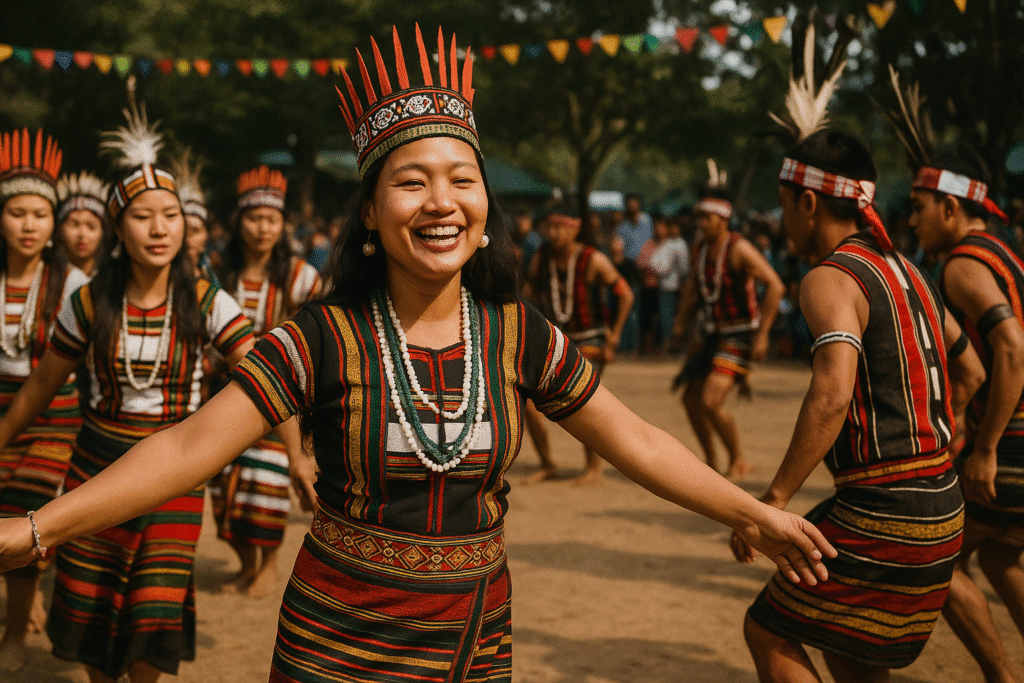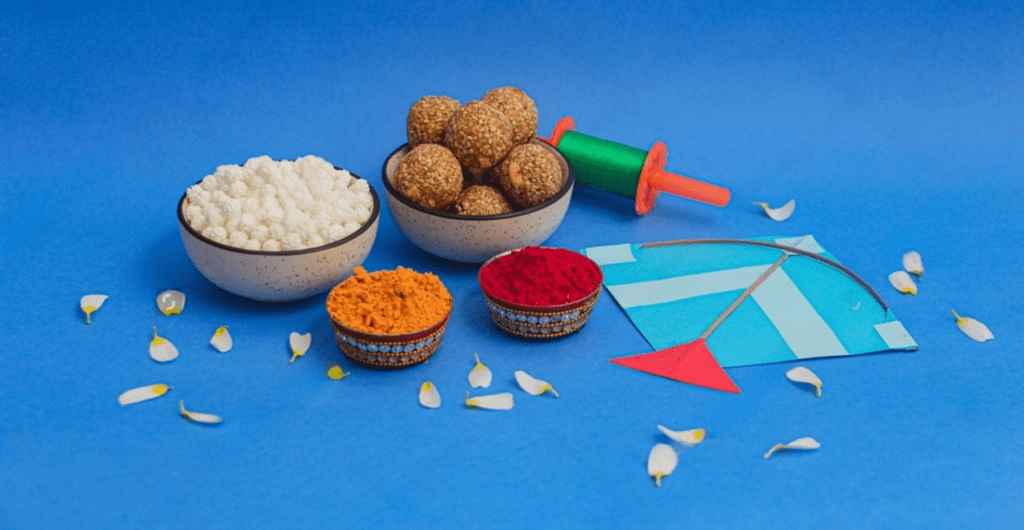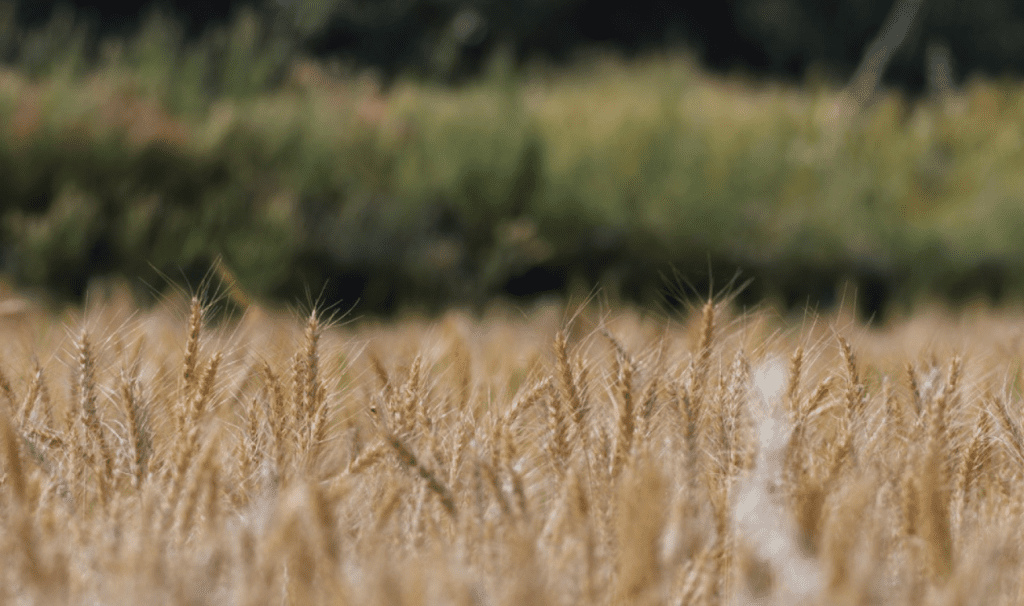Introduction
Chavang Kut, also known as the Kut Festival, is a vibrant post-harvest celebration observed by the Chin-Kuki-Mizo (CHIKIM) communities, primarily in Manipur, India. Held annually on November 1, this festival marks the culmination of the agricultural season, expressing gratitude for a bountiful harvest while fostering peace, unity, and cultural pride. Derived from the words Chavang (autumn) and Kut (harvest), Chavang Kut is a dynamic blend of traditional rituals, folk performances, and modern elements like the Miss Kut pageant. This article explores the festival’s historical roots, cultural significance, and evolving traditions, highlighting its role as a unifying force in Northeast India.
Historical and Cultural Roots of Chavang Kut
Origins of the Festival
Chavang Kut traces its origins to the agrarian traditions of the Chin-Kuki-Mizo tribes, who have long depended on agriculture for their livelihood. Historically, the festival was a multi-day event celebrated after the harvest, typically in October or November, to honor deities for their blessings. According to oral traditions, it evolved from ancient practices of offering fresh produce to appease spirits and seek divine favor for future harvests. The modern state-level celebration began in 1979 in Keithelmanbi village, Manipur, transforming Chavang Kut into a prominent cultural event.
Connection to Chin-Kuki-Mizo Identity
The festival is a cornerstone of CHIKIM identity, reflecting the community’s deep connection to the land and their shared heritage. The Kuki, Chin, and Mizo tribes, spread across Manipur, Assam, Nagaland, and Myanmar, celebrate various forms of Kut, such as Chapchar Kut in Mizoram and Mim Kut in Nagaland. Chavang Kut, however, is Manipur’s most prominent, uniting diverse clans under a common cultural banner. It also embodies the community’s resilience, having been revitalized in the 1960s after a decline due to colonial influences and religious shifts.
Spiritual and Social Significance
Gratitude and Thanksgiving
At its core, Chavang Kut is a festival of gratitude. The Chin-Kuki-Mizo communities offer prayers and perform rituals to thank the divine for a successful harvest, particularly of rice, a staple crop. In the past, village priests distributed Ju (rice beer) after rituals, symbolizing communal sharing and blessings. Today, while some Christian communities reframe the festival as “Kut for Christ,” the essence of giving thanks remains central, blending traditional and modern spiritual expressions.
Fostering Unity and Peace
Chavang Kut serves as a platform for social cohesion, bringing together diverse communities in Manipur, including the Meitei and Naga alongside the CHIKIM tribes. Declared a state holiday in Manipur, it promotes harmony in a region marked by ethnic diversity and historical tensions. The festival’s emphasis on collective celebration—through dances, feasts, and sports—reinforces the slogan Chingmee-Tammee amatani (“People from the Hills and Valley are but one”), encouraging cross-cultural participation.
Rituals and Traditions of Chavang Kut
Traditional Performances
Cultural dances and folk songs are the heartbeat of Chavang Kut. Traditional dances, inspired by animals, agricultural techniques, and ecological harmony, are performed in vibrant attire, showcasing the community’s oral traditions. Songs like Lakoila or Pu-la Pa-la and dances such as Lamkol evoke the festival’s historical exuberance. These performances, once confined to villages, are now staged in urban settings, preserving heritage while adapting to modern contexts.
Communal Feasts and Sports
Historically, Chavang Kut included lavish feasts featuring local dishes and rice beer, shared among villagers and visitors. Traditional sports like Kangchoi (spinning top) and wrestling contests for the “strongest man” title engaged the community. Today, events like football matches, marathons, and indigenous games continue to foster camaraderie, with prizes like mithun meat adding excitement. These activities reflect the festival’s inclusive spirit, engaging all ages.
The Miss Kut Pageant
A modern addition, the Miss Kut pageant is a highlight of Chavang Kut, celebrating the beauty and cultural pride of CHIKIM women. Participants parade in traditional attire, showcasing intricate weaves and designs. While the pageant promotes women’s empowerment, it has sparked debates, with some critics arguing it overshadows traditional elements. Suggestions to hold it during the day aim to address concerns while retaining its appeal.
Chavang Kut in Manipur and Beyond
Celebrations in Manipur
In Manipur, Chavang Kut is a state-level extravaganza, with the main event often held in Kangpokpi or Imphal. The Thomas Ground in Kangpokpi hosts cultural shows, speeches, and the Miss Kut contest, attended by dignitaries like the Chief Minister. Villages across Manipur’s hill districts organize local celebrations, featuring folk dances and feasts. The festival’s vibrancy is amplified by its status as a public holiday, closing businesses and uniting communities.
Regional and Global Reach
Beyond Manipur, Chavang Kut is celebrated in Assam’s Dima Hasao district, Nagaland, Tripura, and even diaspora communities in Delhi and Myanmar’s Chin state. In Assam, events include fashion shows and traditional games, while in Nagaland, it aligns with other Kuki festivals like Mim Kut. The festival’s global presence underscores the CHIKIM diaspora’s commitment to preserving their cultural legacy.
Evolution and Modern Adaptations
Blending Tradition with Modernity
Chavang Kut has evolved significantly, incorporating modern elements to remain relevant. The inclusion of beauty pageants, marathons, and urban venues reflects changing times, while the festival’s core—cultural dances and gratitude—remains intact. The 2024 celebration in Kangpokpi, themed “Kut for Christ,” highlighted the community’s Christian faith, with prayers for political aspirations like a separate administration, showcasing a fusion of tradition and contemporary goals.
Challenges and Criticisms
The festival faces challenges, including debates over the Miss Kut pageant’s relevance and concerns about diluting traditional values. Historical opposition from Christian groups, who viewed pre-Christian rituals like rice beer consumption as incompatible, has largely subsided, but urban influences continue to reshape the festival. Efforts to balance modernity with heritage, such as daytime events and cultural exhibitions, aim to address these concerns.
Chavang Kut’s Broader Impact
Cultural Preservation and Revival
Chavang Kut plays a vital role in preserving the Chin-Kuki-Mizo’s oral traditions, particularly folk songs like Ju-ne la and dances that reflect their ecological bond. By staging these in public spheres, the festival ensures their survival amid globalization. The renewed interest in “cultural dance” as a performative art form has revitalized the Thadou Kuki’s heritage, making Chavang Kut a beacon of cultural pride.
Promoting Tourism and Harmony
As a tourist-centric festival, Chavang Kut showcases Manipur’s cultural richness, drawing visitors to its vibrant displays. Proposals to develop “heritage villages” and promote it internationally highlight its potential as a global event. By fostering inter-community participation, the festival bridges Manipur’s hill-valley divide, promoting peace and unity in a region seeking harmony.
Conclusion
Chavang Kut is more than a harvest festival; it is a celebration of resilience, unity, and cultural pride for the Chin-Kuki-Mizo communities. From its agrarian roots to its modern adaptations, the festival embodies the spirit of gratitude and togetherness, uniting diverse groups in Manipur and beyond. Through its vibrant dances, communal feasts, and evolving traditions like the Miss Kut pageant, Chavang Kut preserves the CHIKIM heritage while embracing contemporary aspirations. As it continues to grow, this festival stands as a testament to the power of culture to inspire peace, prosperity, and a shared sense of identity. Let us celebrate Chavang Kut as a vibrant tapestry of tradition and hope, weaving communities together in the heart of Northeast India.



